Different ways to watch and listen online
Different ways to watch and listen online
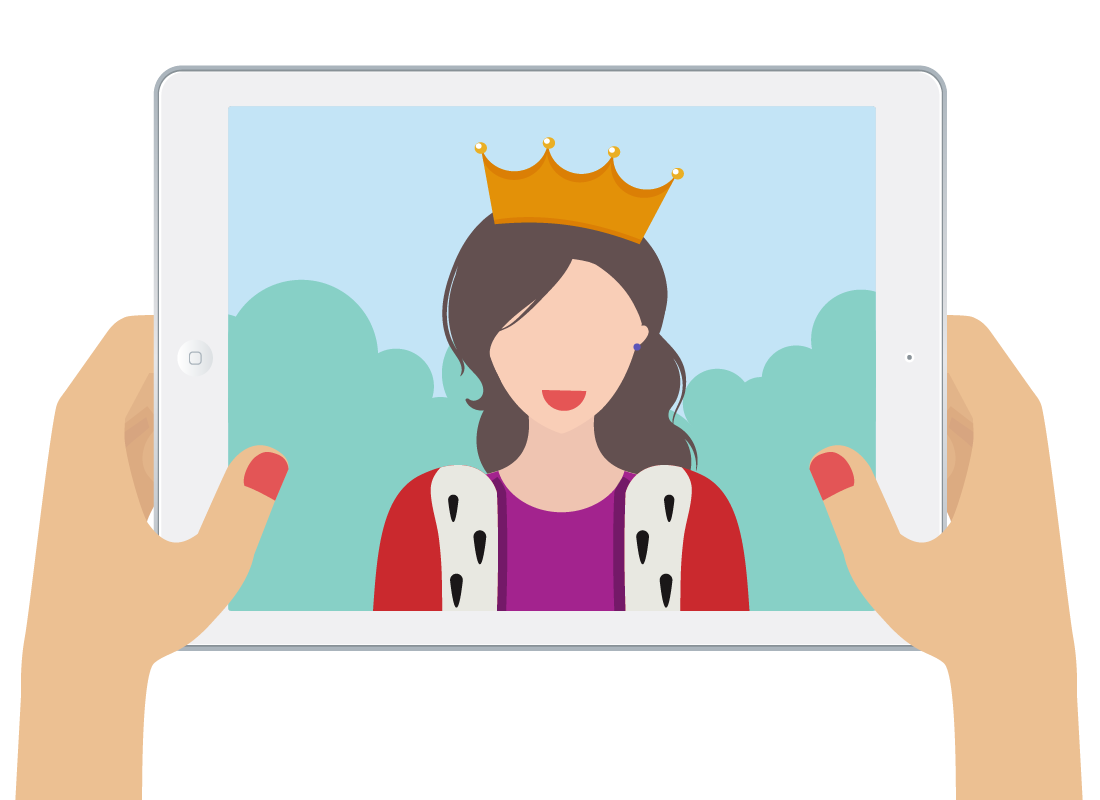
What's coming up?
With high-speed internet available to most Australian homes, and on mobile devices, a wide choice of films, TV programs and music are available around the clock.
This activity looks at some of the ways we can enjoy watching and listening online.
Start activityTraditional TV
Our beloved TV sets have evolved a great deal since the first black & white models were available. We became used to watching our favourite programs at a set time and date each week, depending on the TV channel's schedule. But what happened when we missed an episode?
Well, these days, technology allows us to watch all sorts of programs whenever we want, so no more missing out! Let's see how.


The internet and the advent of smart TVs
With high-speed internet more available, manufacturers have been developing modern TVs to use the internet instead of an aerial to receive their signal.
Often referred to as smart TVs, they can connect to the internet and can be controlled by apps as well as remote controls.
Internet radio
Our radio stations have also seen a change to how they transmit their programs.
We used to tune our radios in to the specific AM or FM channel we wanted at set times to hear a program.
Radio programs can now be transmitted over the internet as well, and we can listen on our computers or smart devices if we're connected to home Wi-Fi or mobile data.
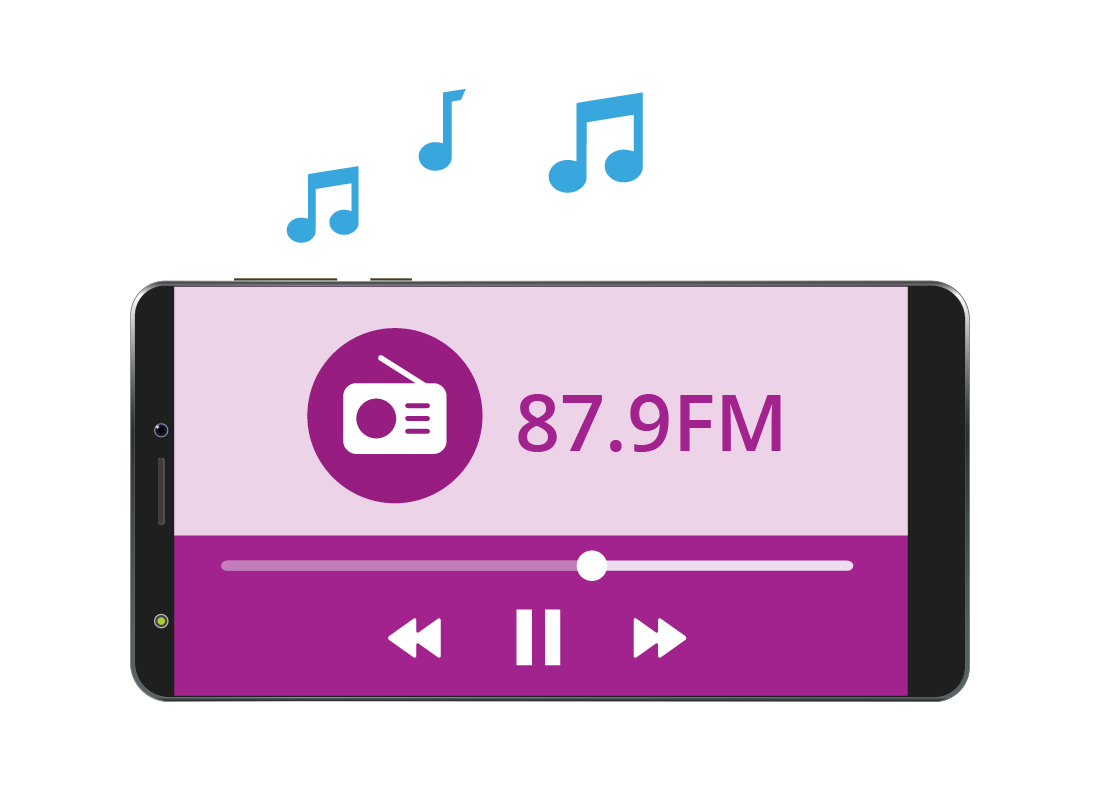
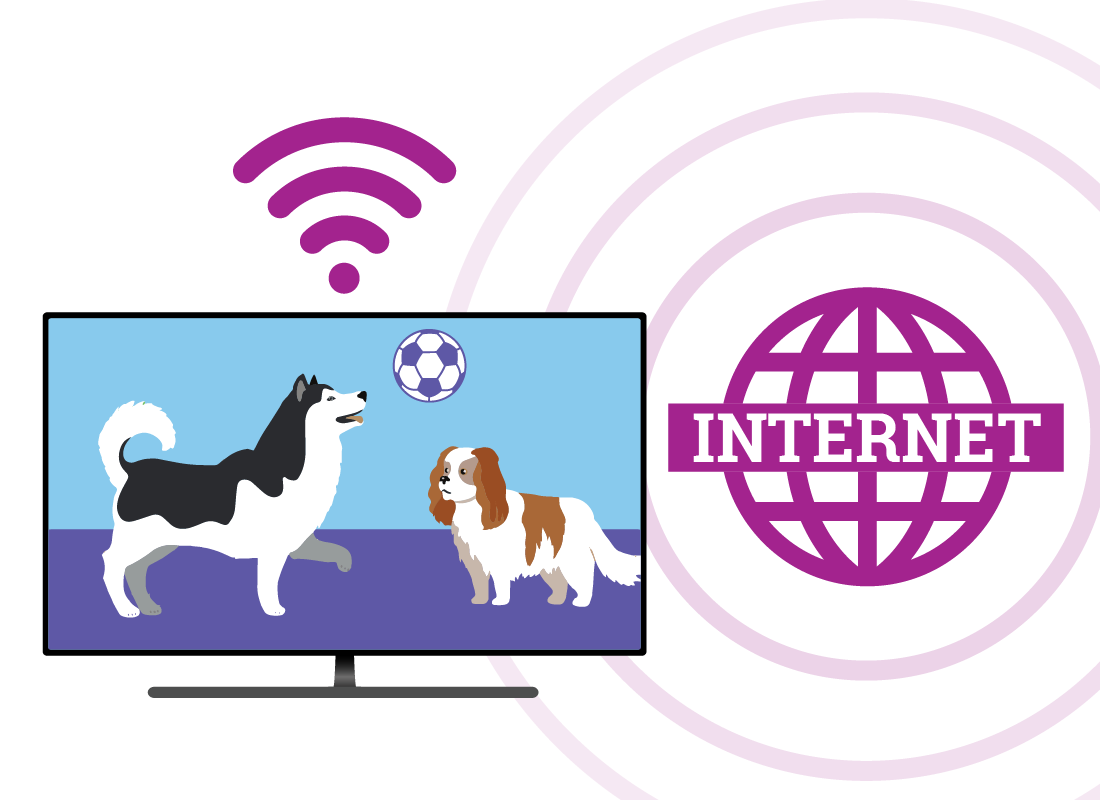
You will need the internet
To take advantage of these online services, you will of course need to have a home or mobile data plan.
It's a good idea to check with your internet service provider or mobile data service to ensure your monthly data plan will be able to cope with accessing online entertainment.
Movies and TV programs can be quite big users of data, but internet radio will use less. So your data needs each month will depend on what you want to watch or listen to.
What are the benefits?
One of the biggest advantages for online TV programming is you can elect to watch it at any time after it airs. Most free-to-air TV channels have what is known as catch-up TV available, that you can access online.
In fact, you don't even need a TV! Any internet-connected phone, tablet or computer can display content from catch-up TV.
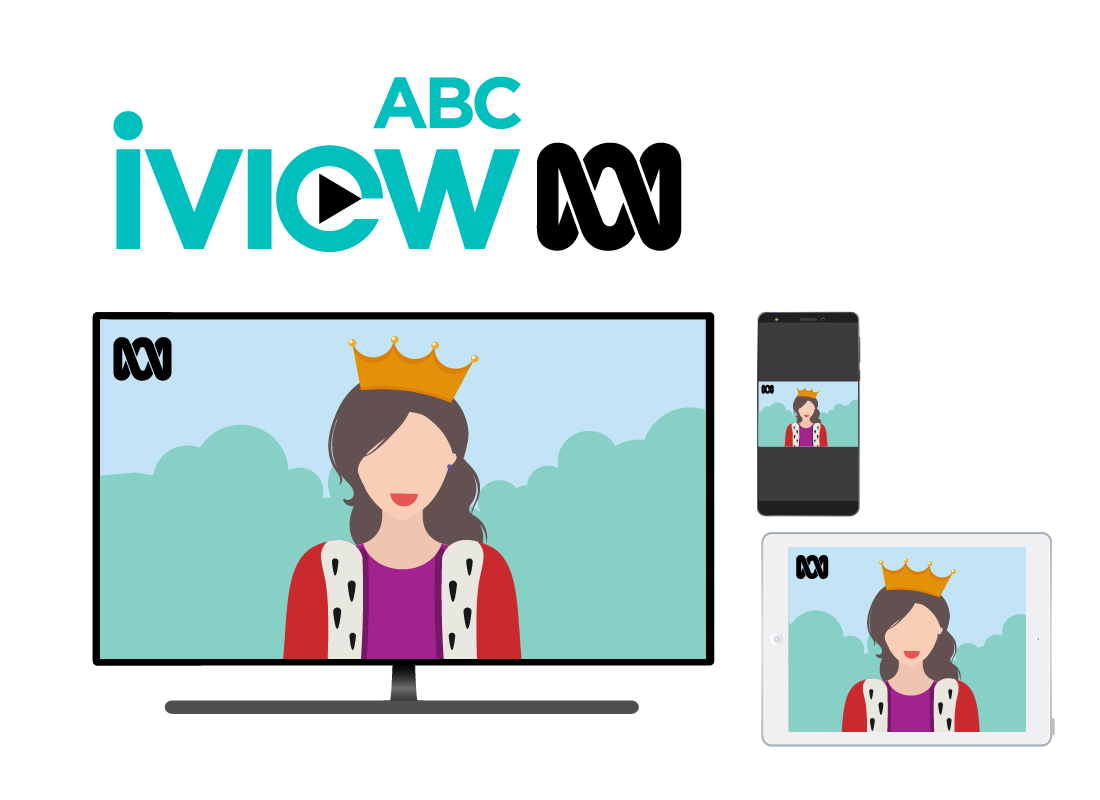

Streaming and on demand
There are also online services that allow you to access a huge variety of films, documentaries, TV series and more.
Using these services or watching catch-up TV programs is known as streaming. That means the programs are sent, or streamed, to your device over the internet.
This is also known as on demand because you can choose where and when you want to watch or listen.
Streaming on demand TV
There are many different companies and TV channels that offer streaming services. They fall into two types: free and paid.
Examples of free streaming services are ABC's iview and SBS On Demand. Examples of paid streaming services include Netflix and Apple TV+.
We will look at these in more detail in the next activity Catch-up TV and video streaming.
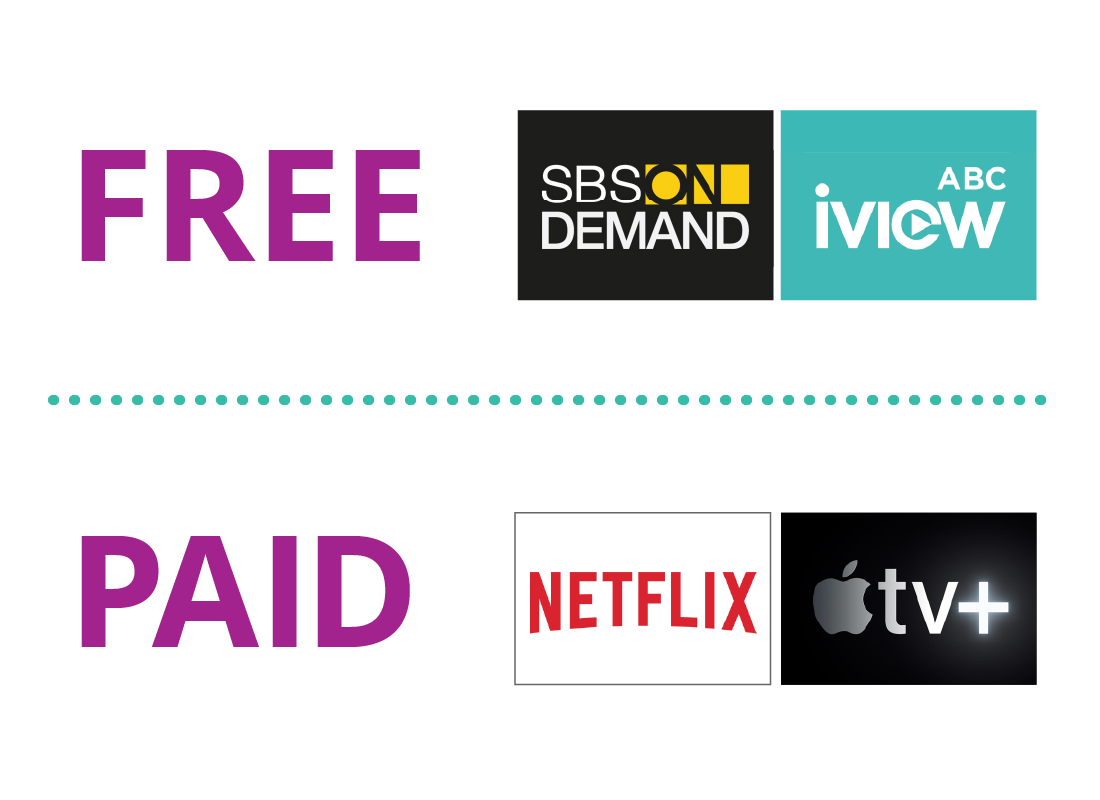
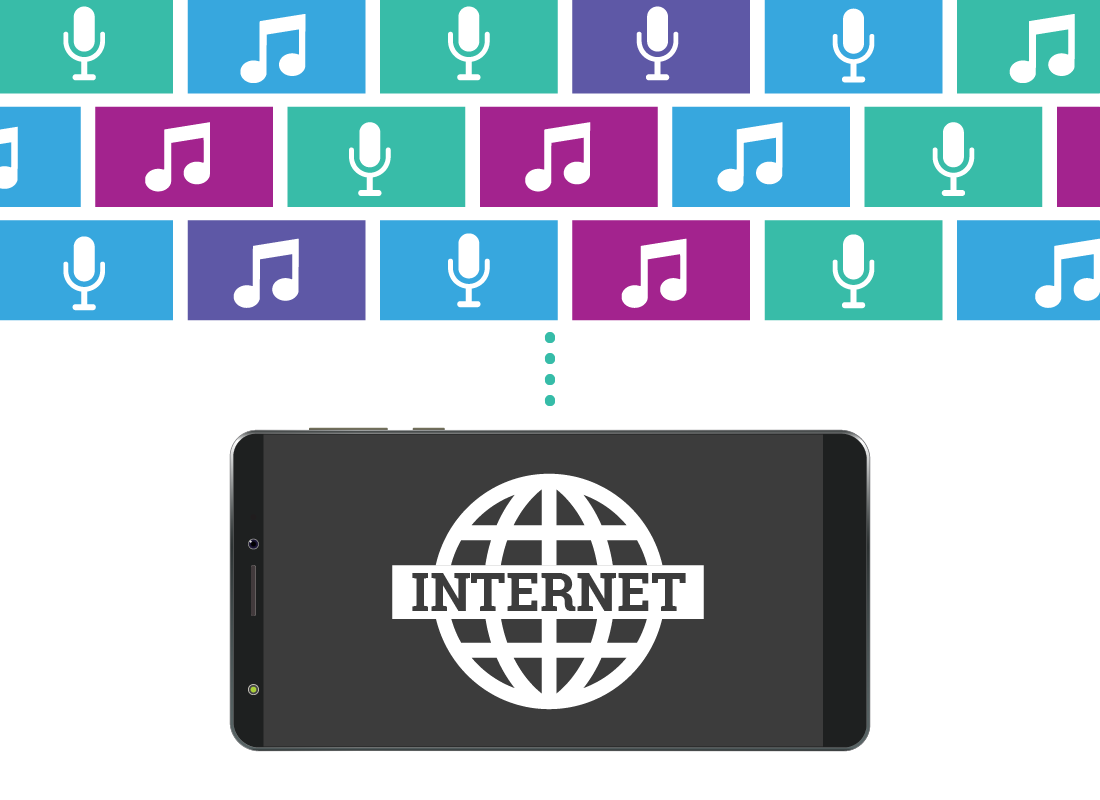
Streaming radio and music
Internet radio not only allows you to catch up on missed programs, it also opens up the world for your listening pleasure. You can listen to radio shows and podcasts from all over the globe.
There are also apps, such as Spotify or Apple Music that allow you to subscribe to or purchase music online.
We will look at this in more detail in the Streaming music and internet radio activity in this course.
The world of YouTube
You might have heard of or even be an avid user of YouTube. This is a video-sharing website that contains millions of videos, created by amateurs and professionals alike. YouTube can be a treasure trove of information including news, tutorials, TV programs, and historical or funny clips on just about any subject under the sun.
We'll look at this in more detail in our All about YouTube activity later in this course.


eSafety tip
When accessing music or programs from the internet, it's important to only use trusted websites and service providers. There are pirate (illegal) sites out there that offer stolen content for free or at too-good-to-be-true prices. However, using these sites can land you in trouble and they should be avoided.
Don't worry though – we'll show you some examples of the major trusted providers later in this course.
Well done!
You've completed the Different ways to watch and listen online activity.
You should now know that there is a wealth of information, programs, films, music and more available online. The next activity, Catch-up TV and video streaming, will outline the differences between paid and unpaid streaming services and how you can access both.
